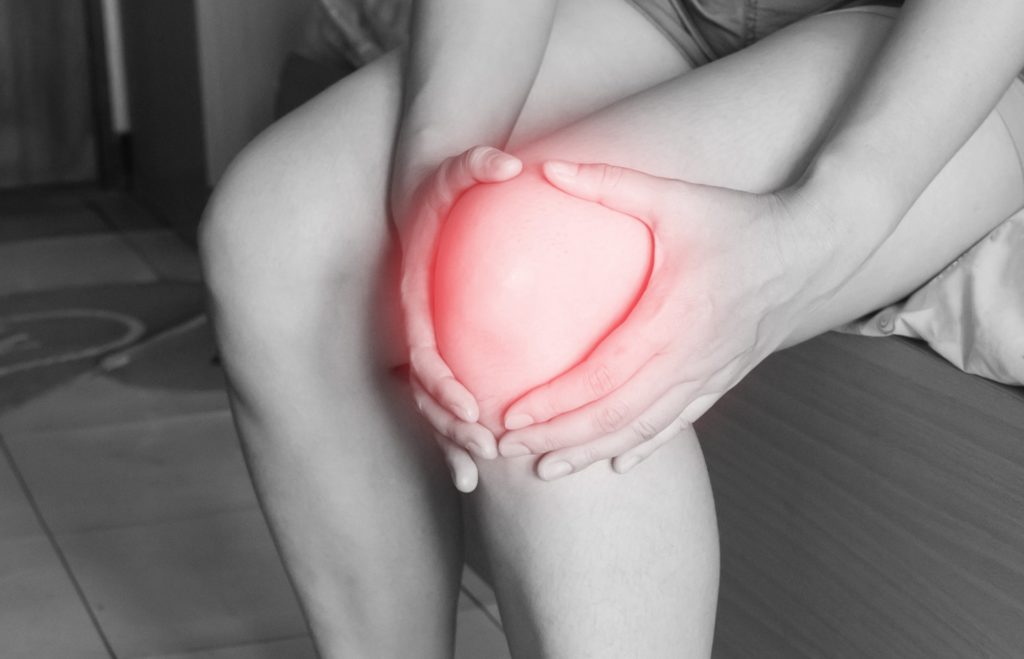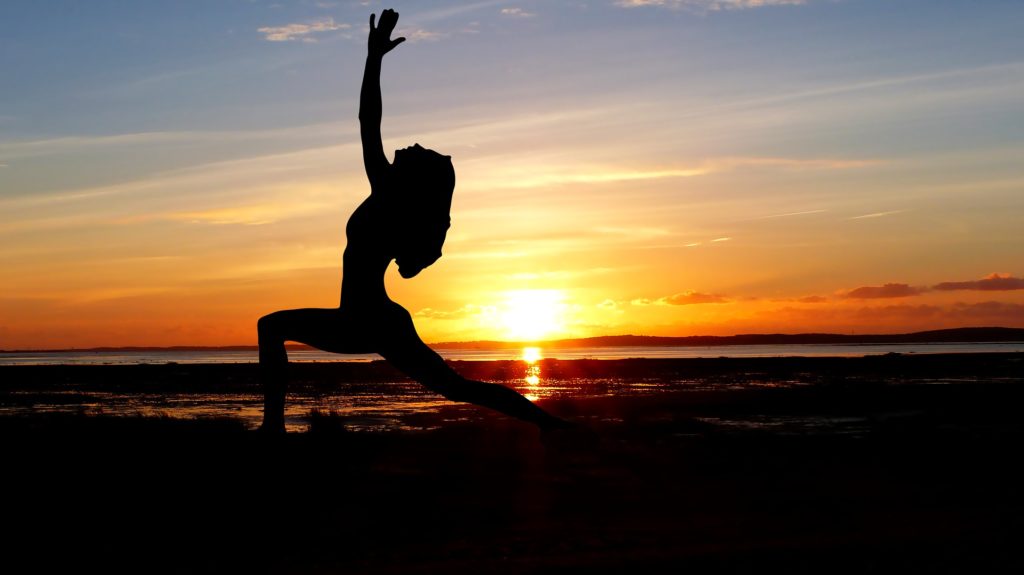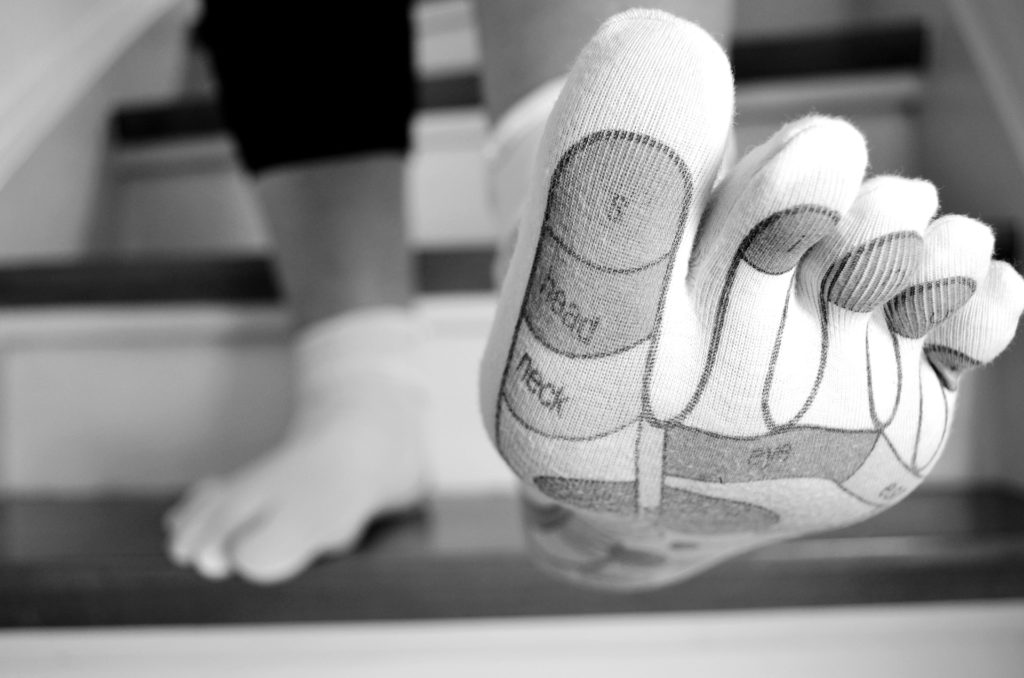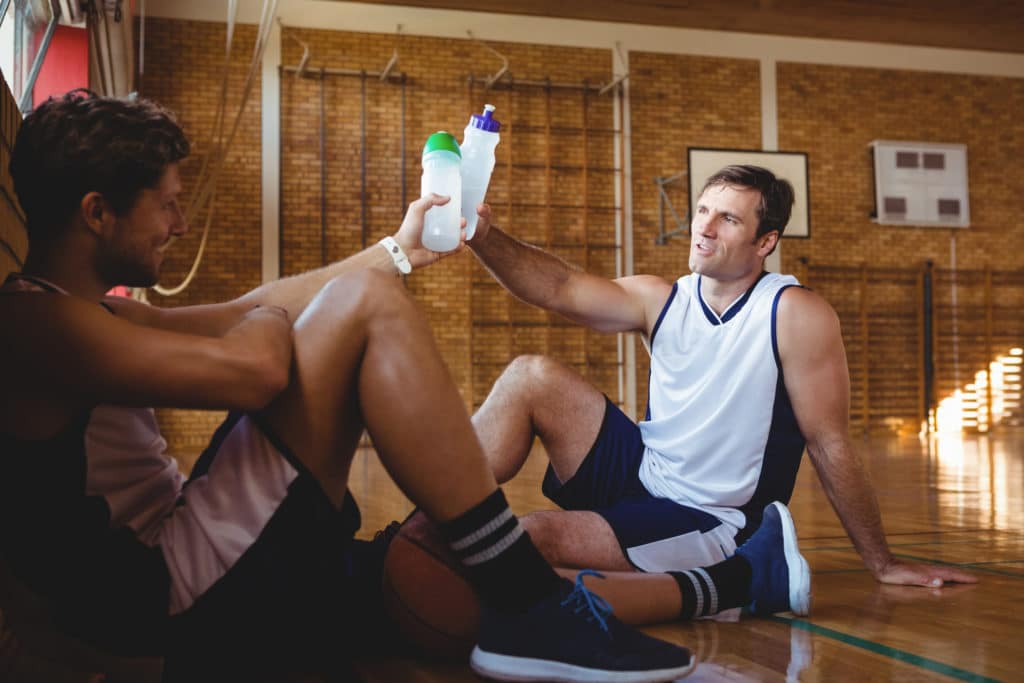Table of Contents
Acupuncture Treatment for Knee Pain
The knees are vital joints that support the body’s entire weight and enable essential movements like walking, running, climbing, and changing directions. As a result, knee pain is a common issue that can significantly limit mobility. Conventional treatments often range from medications to invasive surgeries, but there are natural options available as well.
Whether you’re dealing with a knee injury from sports or wear and tear due to aging, acupuncture offers a holistic, effective approach to relieving knee pain. This article explores natural treatments for knee pain to help you regain mobility and reduce discomfort.
For personalized and effective treatment, book your acupuncture appointment today at Rebalance Acupuncture Edmonton.
Understanding Knee Pain
The knee is a complex joint designed to carry substantial loads. It supports nearly the entire body weight, especially during activities like ascending stairs, descending slopes, or sudden directional changes, such as in sports.
Several areas in the knee are particularly susceptible to pain and inflammation. These include the knee meniscus and the surrounding ligaments and tendons. To understand how acupuncture can help with knee pain, it’s essential first to explore these components of the knee.
The Knee Meniscus
The meniscus is a cartilaginous structure in the knee that cushions the space between the bones, preventing them from rubbing against each other. Its primary role is to absorb shocks during physical activity.
Each knee contains two menisci:
- Medial Meniscus – located on the inner side of the knee.
- Lateral Meniscus – found on the outer side of the knee.
Injuries or overuse can cause meniscus tears, leading to pain, swelling, and restricted movement. Acute trauma, such as twisting the knee during sports, or repetitive stress over time are common causes of meniscus damage.
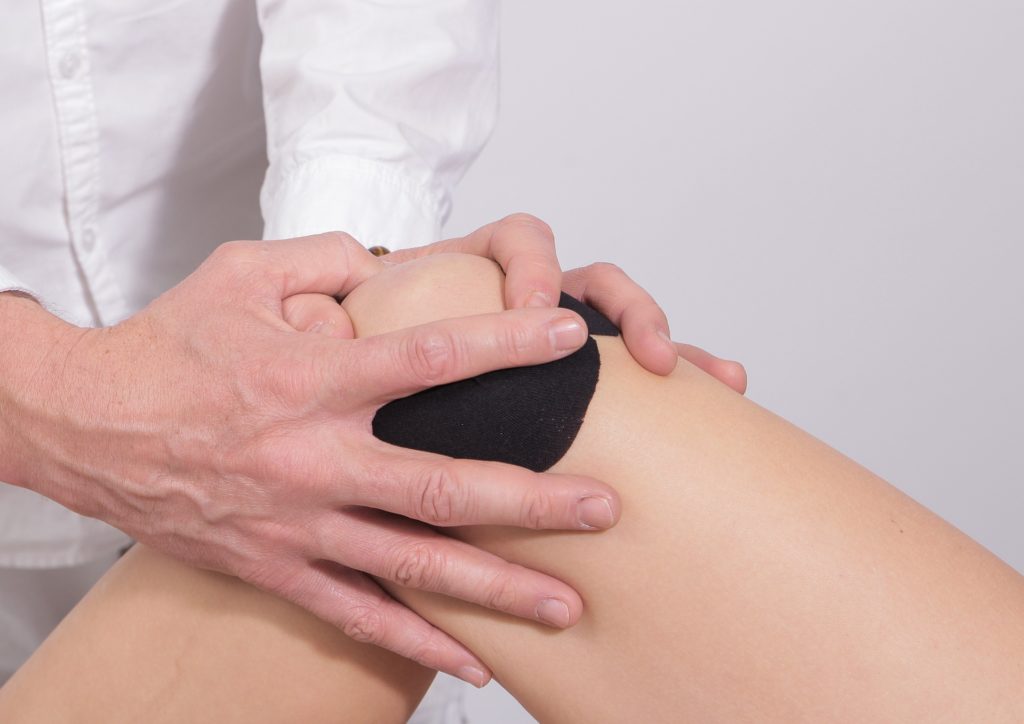
The Knee Ligaments
The ligaments in the knee are essential for stabilizing the joint and ensuring proper movement.
- Collateral Ligaments: These ligaments prevent side-to-side movement of the knee bones. They are particularly crucial during activities like running, where sudden changes in direction occur.
- Cruciate Ligaments: Found inside the knee joint, these two ligaments cross each other to connect the front and back of the knee. Their primary role is to prevent forward and backward movement of the knee bones.
When the knee undergoes intense pressure, such as during sports or accidents, ligament tears or damage may occur. This often results in knee joint dislocation, inflammation, and significant pain.
The Knee Tendons
Tendons in the knee are fibrous tissues that connect muscles to bones, enabling stability and movement. Key tendons include:
- Quadriceps Tendon: This connects the quadriceps muscle in the front of the thigh to the knee.
- Patellar Tendon: This connects the kneecap to the tibia (shinbone).
Tendons can be injured, overused, or torn due to repetitive strain, improper movement, or trauma, leading to pain and restricted mobility.
Knee Wear and Tear
Knee problems typically stem from two primary causes:
- Trauma: Injuries sustained during sports or physical activities, such as a basketball game.
- Wear and Tear: Often linked to aging, resulting in conditions like arthritis, degenerative joint disease, or osteoarthritis of the knee.
In some cases, a specific diagnosis may not be provided, and the condition might be classified as a generalized knee injury. Conventional medical treatments generally include anti-inflammatory painkillers, which help reduce symptoms but often fail to address the root cause of the issue.
Alternative Medicine for Knee Pain
When conventional treatments, such as medications, injections, or surgeries, are ineffective or undesirable, many people turn to natural medicine for knee pain relief. Prescription drugs, while useful in some cases, can carry severe risks, with over 100,000 Americans dying annually due to their use. Additionally, relying on painkillers, anti-inflammatory drugs, or steroids can negatively impact long-term health.
Acupuncture is a safe, effective, and holistic alternative for treating knee pain. It addresses inflammation, improves circulation, and supports the body’s natural healing process. Whether managing an acute injury, chronic degenerative conditions, or post-surgical recovery, acupuncture provides a natural solution to restore knee function and reduce discomfort.
Acupuncture for Treating Knee Pain
Acupuncture is a highly effective treatment for knee pain and inflammation, targeting specific acupuncture points to restore the knee joint’s energetic balance. This natural approach is beneficial for various knee issues, including tendon tears, meniscus tears, ligament damage, arthritis, osteoarthritis, and swelling.
In severe cases where surgical intervention is required, such as a complete ligament tear or acute meniscus injury, acupuncture complements surgery by accelerating recovery. It enhances blood flow, reduces inflammation, and activates the body’s natural healing processes, helping patients regain mobility faster.
Balance Method Acupuncture for Knee Pain
Balance Method acupuncture is particularly effective for relieving knee pain. This approach utilizes acupuncture points on the hand to treat the knee, allowing patients to move the joint during treatment and evaluate real-time improvements.
For example, a patient struggling to climb stairs may experience reduced pain and increased mobility immediately after the needles are inserted. This technique improves blood flow and energy circulation, supports tissue rehabilitation, and engages the immune system to repair damaged areas.
Patients often describe a sensation of energy flow during the session, which signals the release of energetic blocks in the knee. Frequent treatments are recommended for severe conditions, with sessions spaced out as the condition improves.
Chinese Medicine Approach to Knee Pain
In Chinese medicine, knee pain and inflammation are deeply connected to the body’s overall energy balance. The knees are associated with the kidneys, which are considered the reservoir of Yin and Yang energies. Weakness in these energies can lead to knee sensitivity, degeneration, and conditions like arthritis or osteoarthritis, particularly in older adults.
Knee inflammation caused by overuse or sports injuries, such as running, tennis, or basketball, often results from tension in the muscles and tendons throughout the body. This tension restricts proper joint nourishment and aggravates knee pain. In such cases, acupuncture targets points related to the gall bladder and liver to relax the muscles, nourish the joints, and aid recovery. It also helps prevent further injuries by addressing underlying imbalances.
In addition to addressing root causes, acupuncture reduces inflammation, relieves pain, and opens energetic blocks in key meridians. Acupuncturists may also treat adjacent areas, such as the thighs and back muscles, to tackle the root causes of knee discomfort.
Chinese Medicinal Herbs for Knee Pain
Chinese medicinal herbs are another effective solution for knee pain. These customized herbal remedies are tailored to each patient’s specific diagnosis, making them far more effective than generic over-the-counter options. Chinese medicinal herbs aid in:
- Rehabilitating ligaments and cartilage.
- Reducing inflammation and pain.
- Supporting the overall healing process.
When combined with acupuncture, these herbal treatments provide a holistic approach to reducing knee pain, repairing damaged tissues, and improving overall joint function.
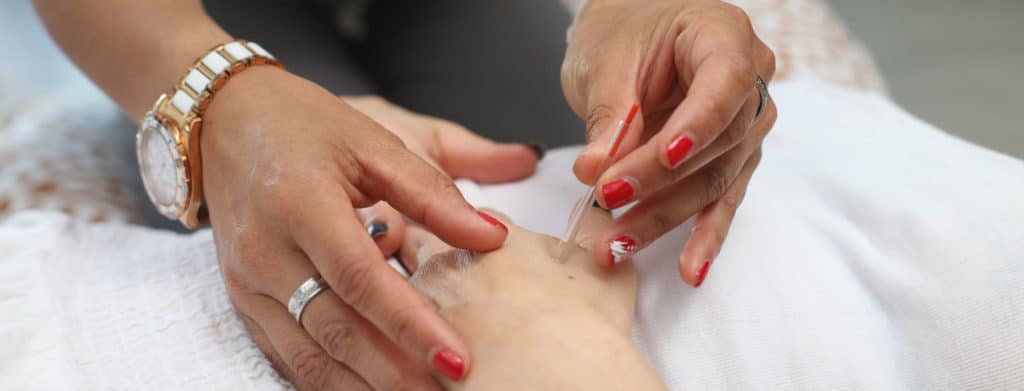
A Case Study: Treating Knee Pain with Acupuncture
Simon, a 50-year-old patient, suffered from debilitating bilateral knee pain that limited his ability to walk and climb stairs. He was diagnosed with knee arthritis, a degenerative joint condition caused by the progressive wearing down of the knee joint.
During Simon’s first visit, I asked him to climb a small stool, which caused him significant discomfort. He then began Balance Method acupuncture treatment. This approach focused on acupuncture points in his arms, allowing him to move the affected joint and evaluate the treatment’s effectiveness during the session.
With needles inserted into his hands, Simon was asked to climb the stool again. Initially, this activity caused him great discomfort, but Simon reported a 50% reduction in pain during the session. After a month of twice-weekly acupuncture treatments, Simon experienced significant relief and improved knee function. He continued treatments for another five weeks and reported near-complete recovery, with only minimal knee pain remaining.
[Learn more about Balance Method acupuncture here.]
Recall Healing for Chronic Knee Pain
Recall Healing uncovers the subconscious emotional roots that contribute to knee pain. According to this method, every physical condition is linked to unresolved emotional conflicts stored in the subconscious. Recall Healing sessions use guided conversations to identify and address these conflicts, promoting emotional and physical healing.
How Recall Healing Works
Sessions last approximately 90 minutes and typically require three to six sessions to uncover the emotional causes of knee pain. These emotional sources can stem from:
- Life events.
- Early childhood experiences.
- Generational or inherited trauma.
For example:
- Mother-Child Relationships: Knee pain may be linked to unresolved emotional conflicts in relationships involving nurturing, dependence, or birth-related issues.
- Feelings of Worthlessness: Physical activity, such as climbing stairs, may trigger subconscious feelings of inadequacy or self-doubt.
The subconscious often suppresses unresolved conflicts, which can manifest as physical symptoms like knee pain. During Recall Healing, bringing these buried conflicts to light often leads to rapid pain relief as the emotional burden is resolved.
Emotional Conflicts Related to the Knees
Not everyone who experiences emotional conflicts will develop knee pain. However, severe, prolonged, or unresolved conflicts may be stored in the subconscious and manifest physically.
In Recall Healing sessions, patients are guided to explore their subconscious and uncover specific emotional triggers tied to their pain. Many report immediate and significant relief after addressing these conflicts.
Combining Recall Healing with Acupuncture
Combining Recall Healing with acupuncture or medicinal herbs can produce optimal results for chronic knee pain. Acupuncture addresses physical pain and inflammation, while Recall Healing resolves underlying emotional triggers. In cases where chronic conditions have led to weakened muscles, physical therapy to strengthen the knee muscles can restore joint stability.
It’s important to note that Recall Healing requires openness to exploring sensitive, emotional topics and past experiences. This method is ideal for individuals willing to deeply self-reflect and heal emotionally.
A Case Study: Addressing Knee Pain with Recall Healing
Andrew, a 52-year-old basketball enthusiast, visited the clinic with persistent pain and inflammation in his right knee. He had experienced this pain for two months due to a ligament injury and inflammation. He temporarily eased his symptoms with anti-inflammatory medication but stopped taking it because he was concerned about side effects.
During our conversation, Andrew explained that the pain started a few days after a specific basketball game. Several regular players were absent in that game, so the team invited younger players to fill in. The faster pace of the game challenged Andrew to run harder, jump higher, and play more intensely. His team won, and he performed exceptionally well, even scoring more than usual. Reflecting on the game, Andrew described it as a positive experience, feeling like he still “had it.”
However, Recall Healing focuses on the subconscious rather than the conscious. Years of mild feelings of worthlessness related to changes in his physical abilities and appearance had built up in Andrew’s subconscious. The game triggered these feelings as he subconsciously felt the need to prove himself to the younger players. Even though he succeeded physically that day, the emotional strain lingered.
Through Recall Healing sessions, Andrew addressed these feelings of worthlessness and identified incidents in his life tied to self-doubt and the need for validation. He shifted his focus from competitiveness to enjoying the game and prioritizing physical fitness.
In the days after the session, Andrew reduced his knee inflammation and felt more relaxed. By embracing self-acceptance and letting go of his need to prove himself, he improved not only his knee health but also his relationships with his family and colleagues.
[Learn more about Recall Healing here.]
Tui Na for Knee Pain
Tui Na, a traditional Chinese medicine massage, is another effective approach for treating knee pain. Like acupuncture, Tui Na works along the body’s meridians and acupuncture points, targeting the knee, thigh, and lower back to relieve pain and improve circulation.
People often refer to Tui Na as Chinese physiotherapy. Unlike Western physiotherapy, it integrates Chinese medicine principles, focusing on balancing energy flow and addressing the root cause of pain. Therapists recommend combining Tui Na with acupuncture for optimal results, but it also works well as a standalone treatment for individuals who prefer not to use needles
Shiatsu for Knee Pain
Although a Japanese technique, Shiatsu aligns closely with Chinese medicine principles and effectively addresses knee issues. This method involves slow and gentle pressure on specific points and meridians, making it an excellent option for those who prefer a less invasive approach. Many Chinese medicine therapists use Shiatsu as an alternative to Tui Na or acupuncture, depending on the patient’s preferences and needs.
Reflexology for Treating Knees
Reflexology primarily uses pressure points in the feet to treat the entire body, making it an effective option for knee pain. I can help reduce inflammation and relax muscles, ligaments, and tendons associated with knee discomfort. This holistic treatment addresses all body systems linked to the problem, promoting harmony and balance. One of its key advantages is that it is relatively painless and does not require direct contact with the knee, which is particularly beneficial for individuals with heightened sensitivity in the affected area.
Exercises for Knee Pain
Strengthening the muscles around the knee, especially the quadriceps, is crucial for alleviating knee pain and improving joint stability. Below are some recommended exercises, but please consult your therapist before starting any new exercise routine:
- Seated Knee Extension: Sit on a table or high chair, straighten the knee, and slowly return to a bent position. This exercise strengthens the quadriceps.
- Straight Leg Raise: While seated, lift a straight leg off the surface and gently lower it back down.
- Quadriceps Flex: With a straight leg, flex and relax the quadriceps without moving the leg. If done quickly, the leg may appear to shake, indicating muscle engagement.
These exercises can support knee recovery and reduce discomfort when performed consistently and correctly.
Final Thoughts
We hope this article has provided valuable insights into the natural treatment options for knee pain. Whether you choose acupuncture, reflexology, strengthening exercises, or a combination of approaches, there is a solution to help you regain mobility and reduce pain. Consult with a qualified therapist to create a treatment plan tailored to your unique needs.
Wishing you a full recovery and a return to optimal health!

